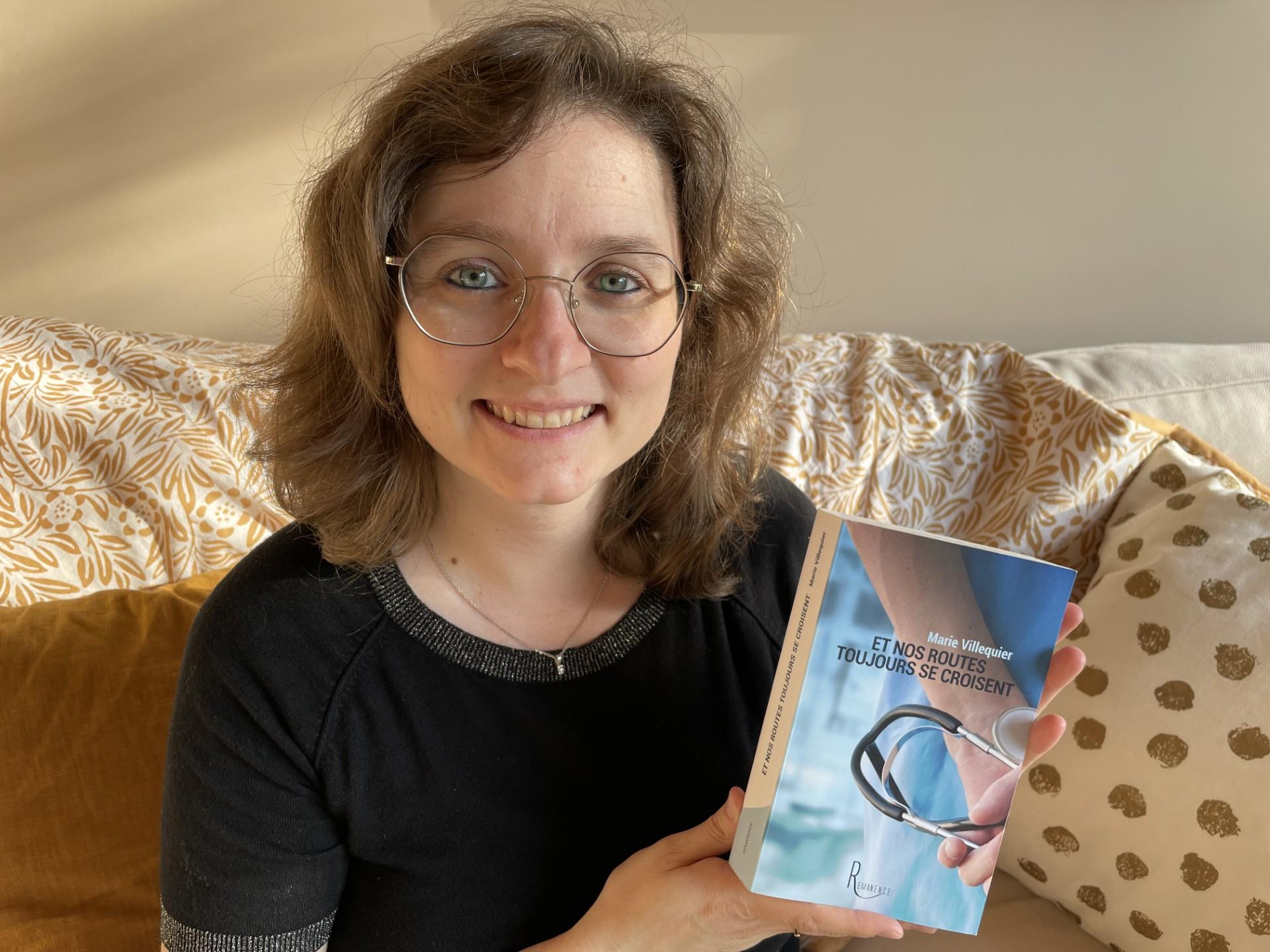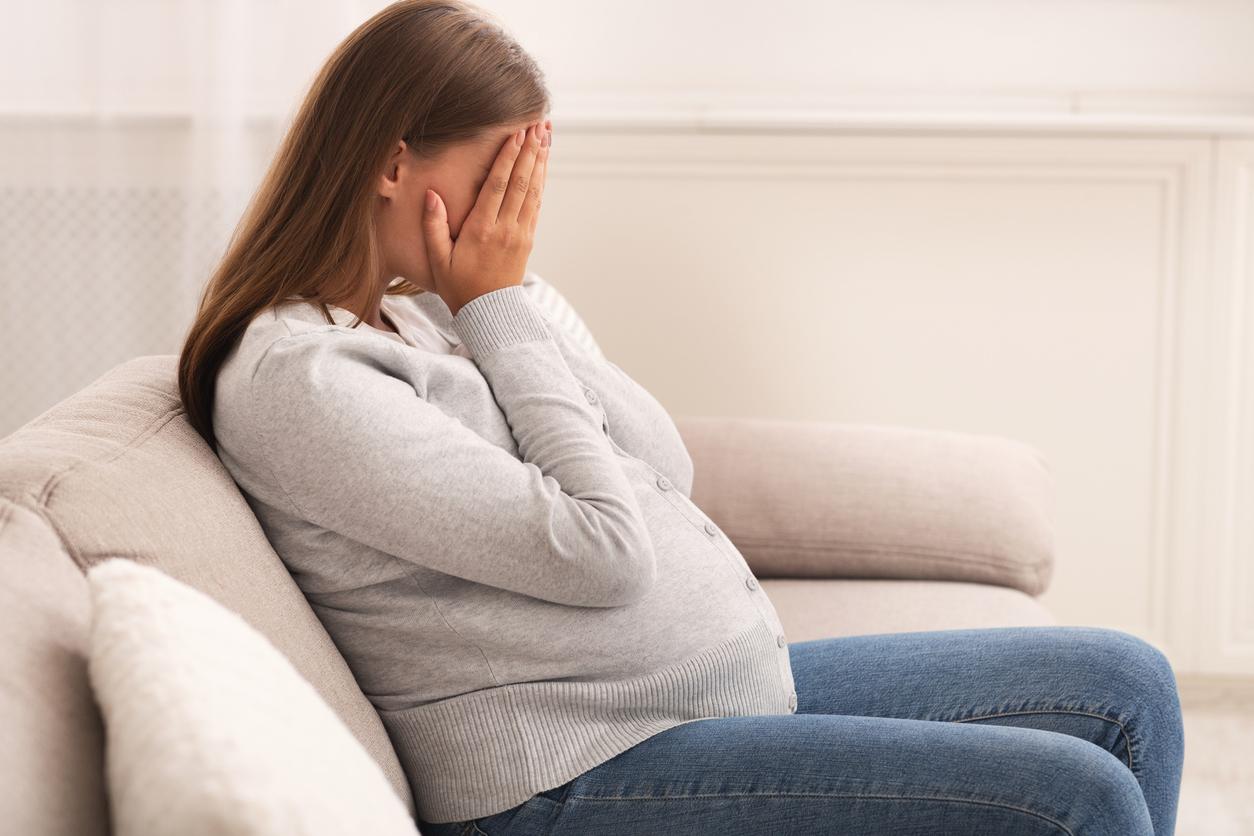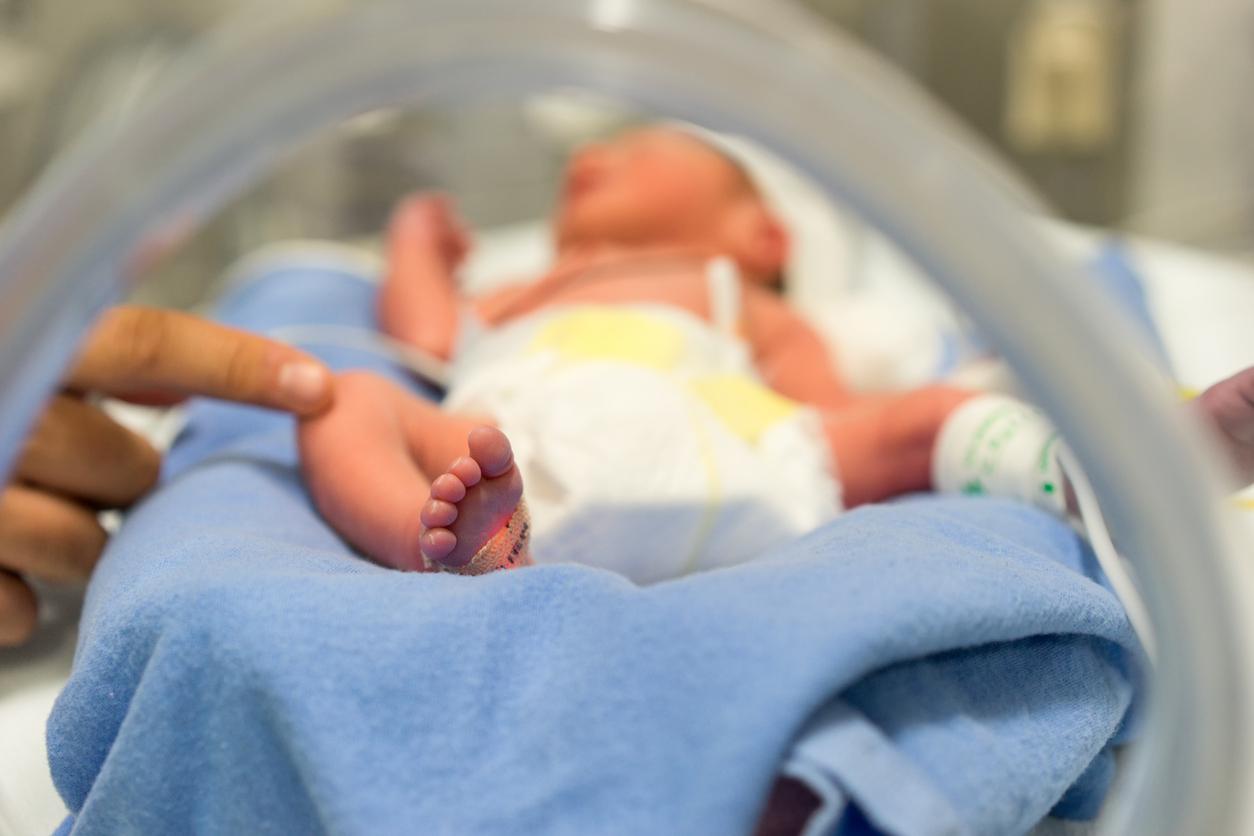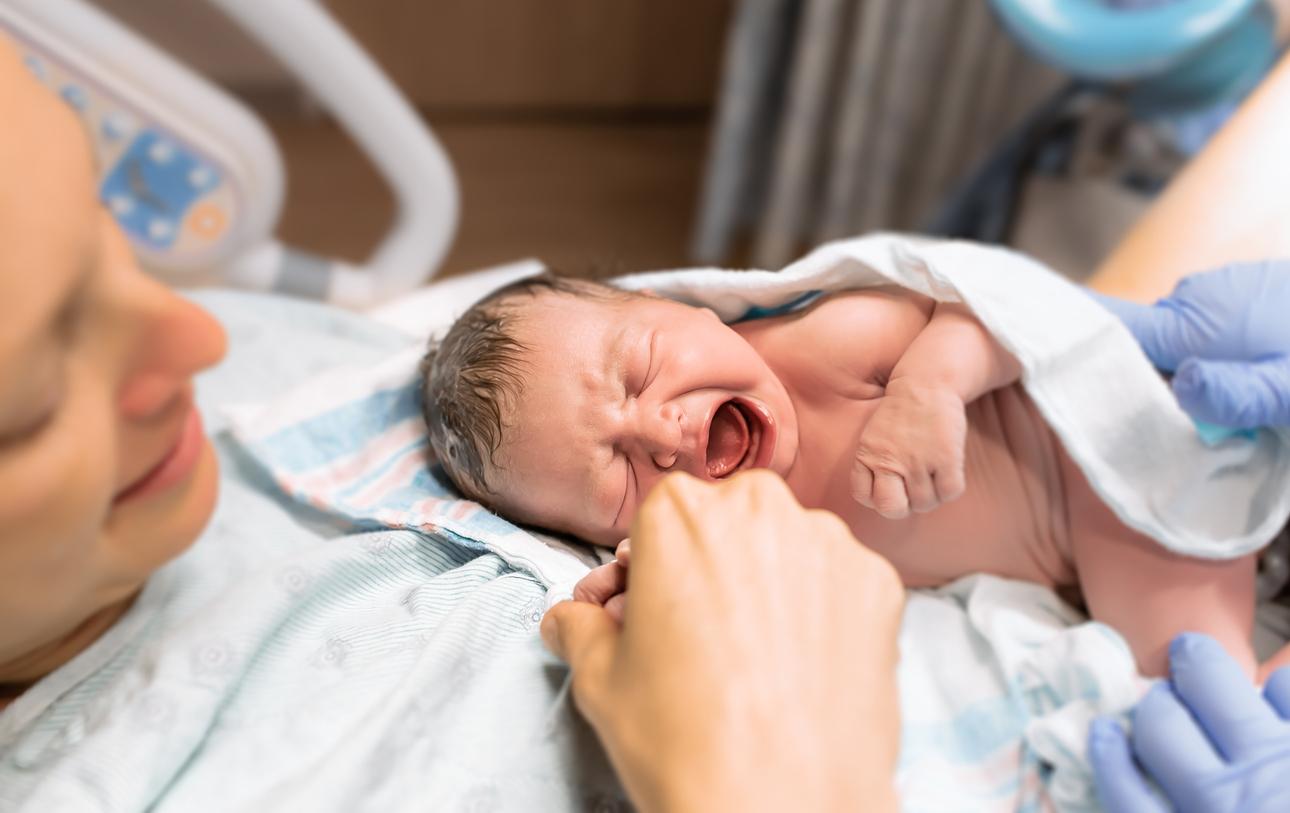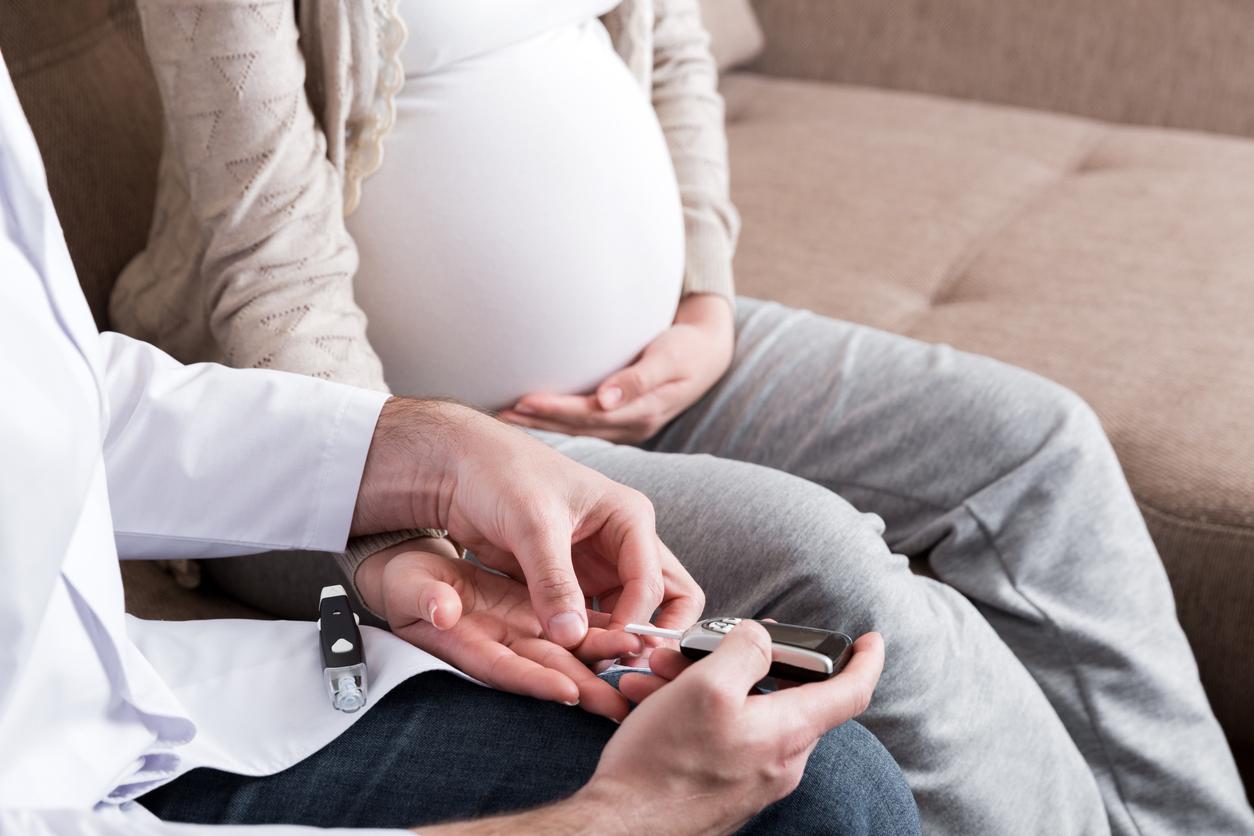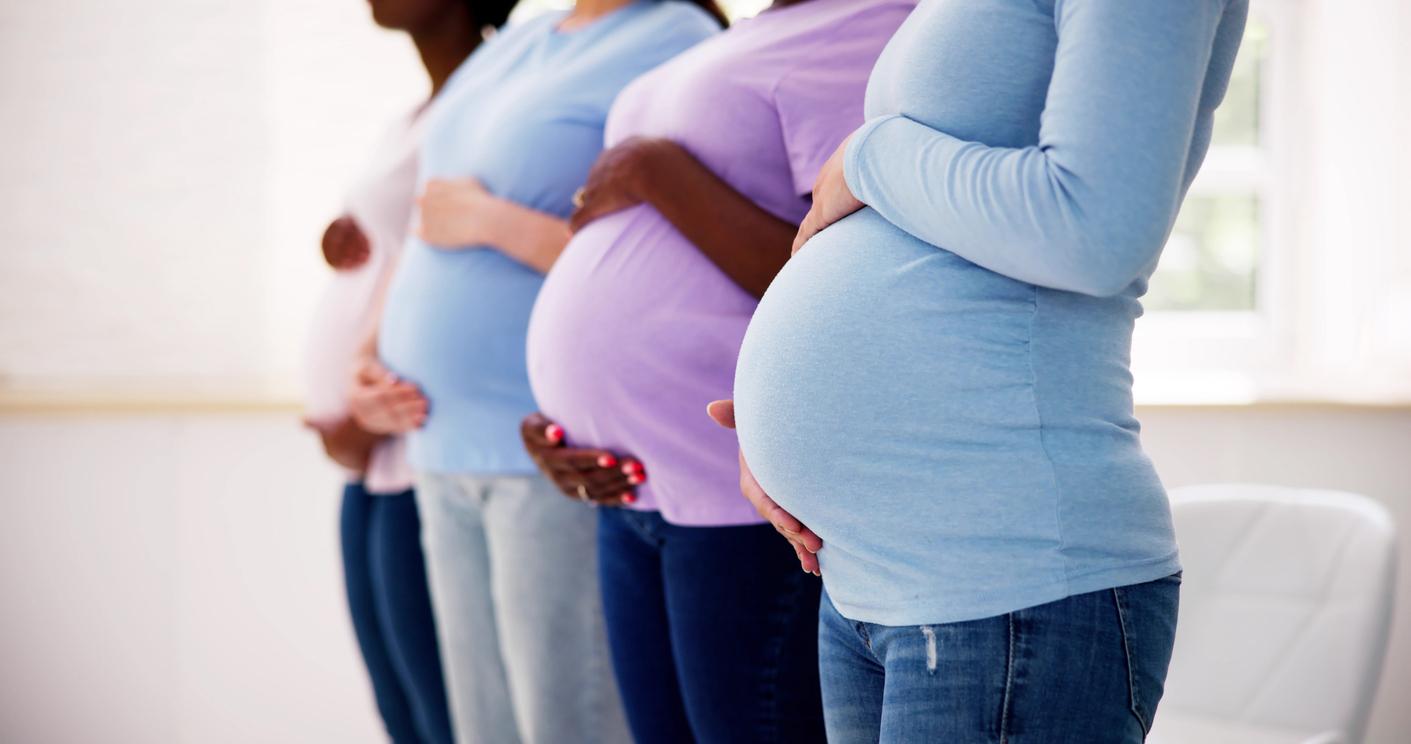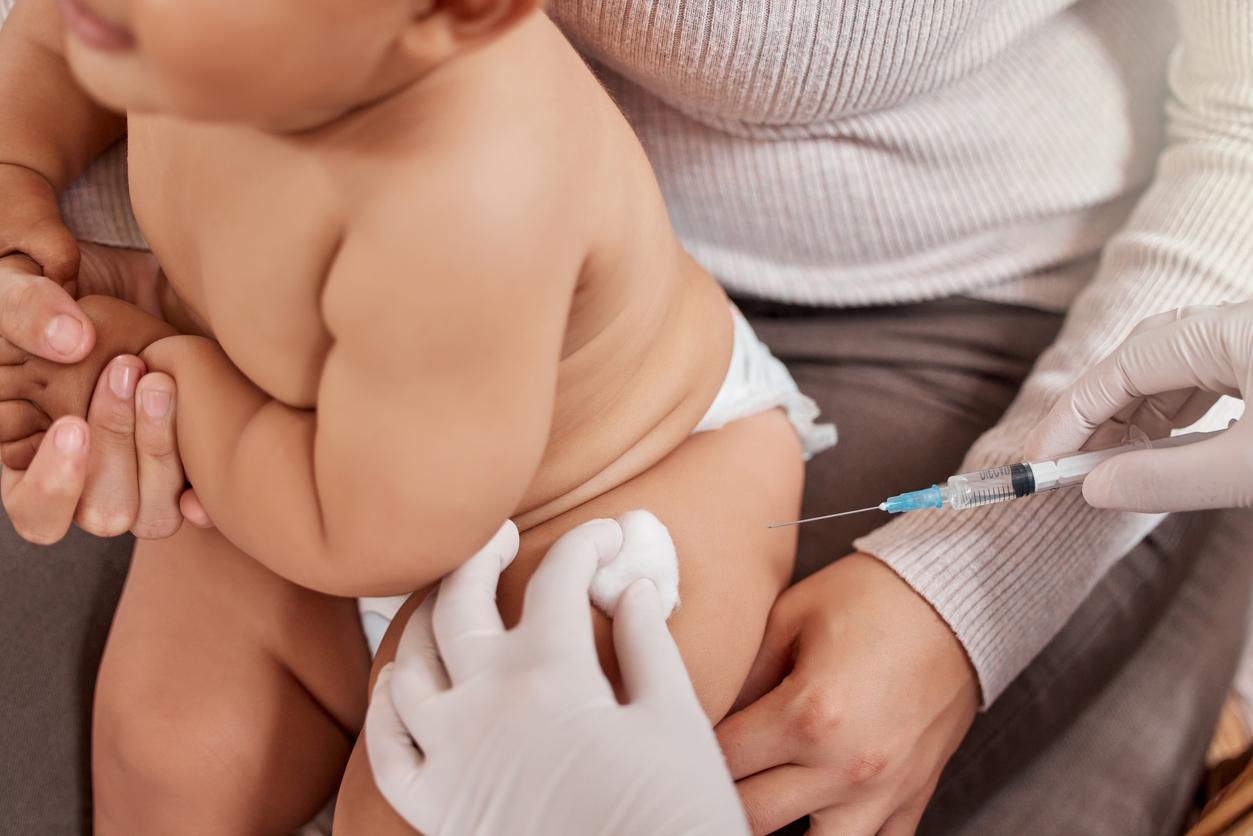Researchers have found that seasonality may play a role in the likelihood of fertilization.
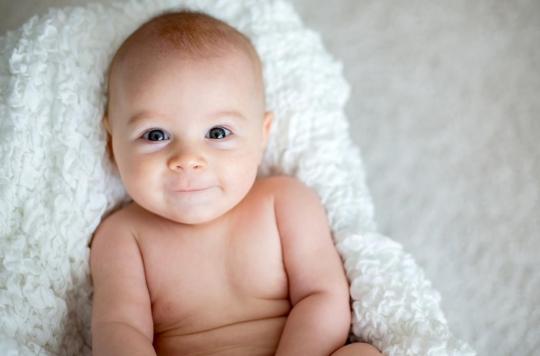
Does fecundability vary seasonally? This is the question posed by researchers whose study, carried out on 14,331 women residing in North America and Denmark, was published in the review Human Reproduction.
All of them have been trying for a child for less than 6 months and none were undergoing fertility treatment. The lifestyles and habits of the participants were monitored (diet, possible consumption of tobacco, alcohol, frequency of sexual intercourse, etc.). The team also measured seasonally varying factors that can influence fecundability, including ambient temperature, vitamin D levels or infectious diseases.
Autumn, the “best” season to have a baby
Several trends were observed: attempts at pregnancy were 48% more numerous in September in North America than in March (16%). “After accounting for seasonality in pregnancy attempts, we observed a peak in late fall and early winter.explain the researchers. Fecundability was highest in fall and lowest in spring, with stronger effects at southern latitudes of North America, suggesting that seasonal exposures may also affect fecundability..”
Of course, this result should be taken with a grain of salt since babies are conceived throughout the year, but having “an understanding of how fecundability varies seasonally could help identify factors that may alter reproductive function”justify the researchers.
Births in France
What about in France? Is there a seasonality of births? According to the National Institute for Demographic Studies (INED)in 2018 in France, 719,737 babies were born (369,121 boys and 350,616 girls). For‘Ined, September 23 is the date on which there are the most births (+8%), in particular because the fertilization rate is higher on September 1.er January. This represents two additional births by facilities. “The peak of births around September 23 is a phenomenon that is recorded every year, including in other countries.explained to 20 minutes Arnaud Régnier-Loilier, co-author of the report.
.







